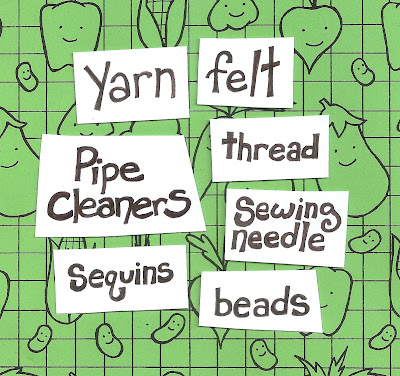Spool knitting, also known as corking or French Knitting, is a classic craft activity. It's easy to do and a little bit addictive. But what to do with all of this knitted cord? One idea is to add a spot of felt and some other embellishments and make a charming little snail.
By coiling the cord into a spiral shape, it can mimic the shell of a snail quite convincingly:
Here are the materials you'll need for this project:
One more thing that is vital for making these snails is some sort of spool knitting device. There are lots of spool knitters out there, often made of wood and painted to resemble little dolls:
If you don't have a "Knitting Nancy", you can easily make one with a few simple odds and ends
Here are some instructions on how to knit your cord:
You'll need to knit between 7 and 9 inches to make the shell, depending on how big you want it and how bulky your yarn is.
Once you've made that, it's time to give the shell its shape.
Thread the end of yarn through a large needle and sew the knitting into a spiral.
Now that the shell is finished, the next step is to make the snail's body. This requires two pieces of felt, one that includes the head and the backing for the body, and one for the front side of the head.
For the face, you'll need a short length of pipe cleaner, a white sequin, and a small black bead.
Sew the eye onto the front side of the snail's head.
Fold the little bit of pipe cleaner into a v-shape. I suggest curling over the ends so that they don't poke you!
Now sew the front of the head to the back. Once you get to the top, attach the pipe cleaner between the two pieces of felt. Make sure to add a couple of stitches between the pipe cleaner so that it stays in place.
And there you have it: a friendly snail with a fuzzy coiled shell.
If you'd like to keep your snail with you throughout your day, you can sew a safety pin to the back and wear it as an attractive accessory:
Snails are very cool creatures. Here are some interesting facts about snails that prove what wonderfully odd beings they are.
For years I kept snails as pets. They're fascinating little creatures, and I loved watching them go about their slow-paced lives. If you're interested in pet snails, this website has excellent information about how to keep them happy and healthy.


























































